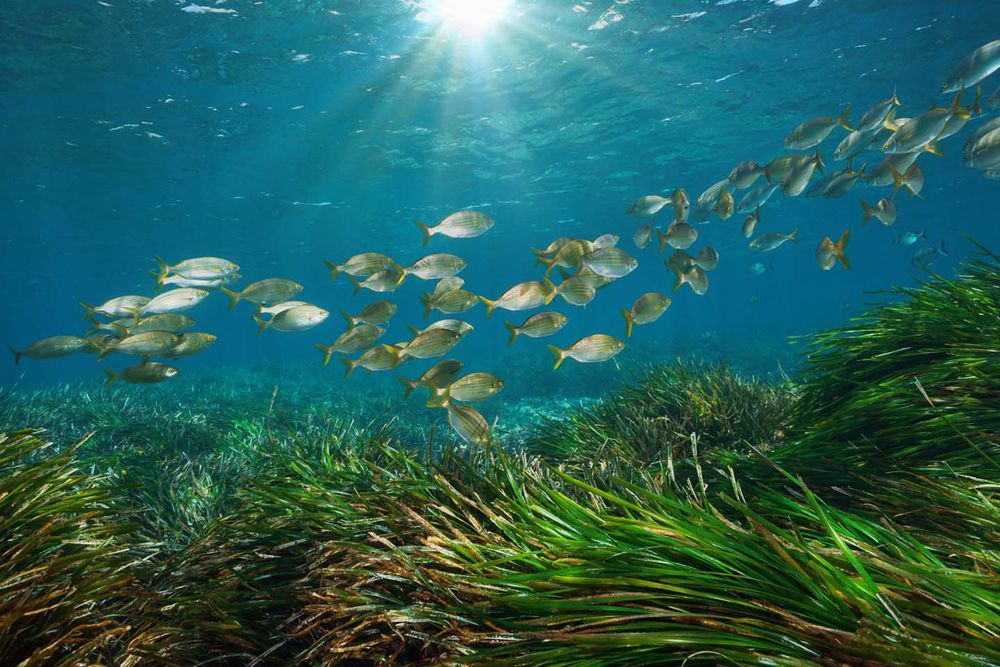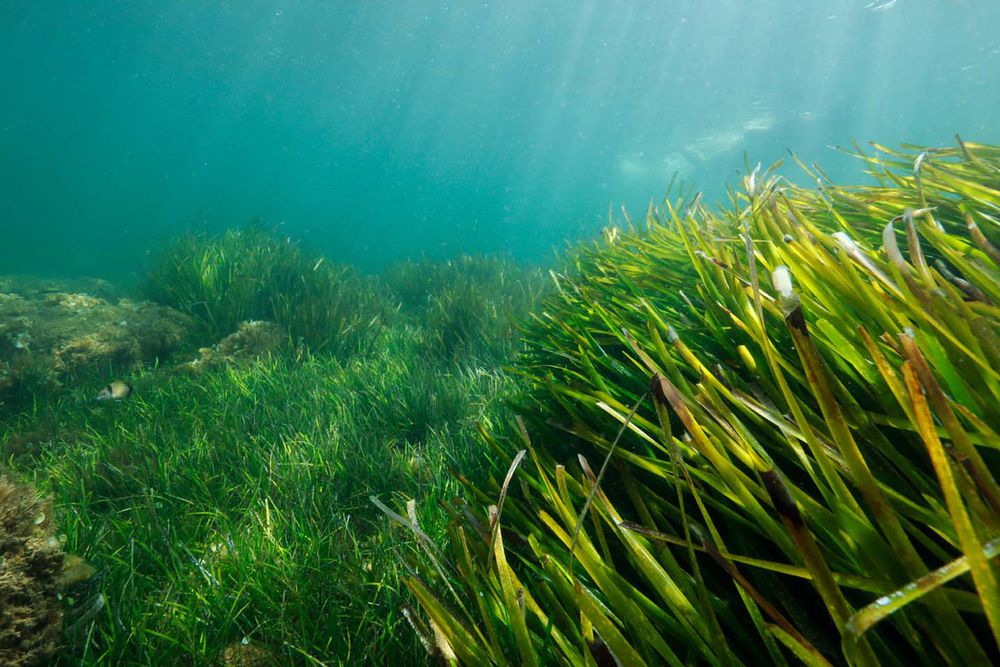Start the conversation
Contact us today to see how you could benefit from our services, technology and marine expertise

Critical to achieving net zero, blue carbon has enormous potential – and we’re leading the way
Blue carbon’s becoming more widely hailed as the answer to the world’s net zero challenges.
But what is it? And why is it so important?
Blue refers to the marine environment. That encompasses every square inch of the deep open, as well as land and areas influenced by salty water, and the soils and sediments below.
Carbon, therefore, refers to the carbon contained in the bodies of living and dead marine organisms, from microscopic phytoplankton to whales, and everything in between.

We all know we need to rapidly reduce carbon emissions, but that’s just one piece of the net zero puzzle. Another is removing carbon dioxide that’s already in the atmosphere. This is called carbon sequestration.
Blue carbon’s a nature-based means of sequestering carbon. It’s the marine equivalent of trees and forests, and organisations are using it to offset their emissions via voluntary carbon markets.
Depending on the site, blue carbon has the additional benefit of helping to reduce the risk of flooding, improve air and water quality, and restore ecosystems and biodiversity.

For these reasons, NOC Innovations works with organisations to analyse marine sites’ potential to sequester and store carbon. This is critical if we are to scientifically prove a site can be used to offset emissions.
We’re blue carbon pioneers. We unite multiple areas of expertise to unlock its potential in a scientifically credible way.
NOC Innovations have delivered projects for commercial clients and intergovernmental bodies all over the world – in Belize, the British Virgin Islands, Antigua, Cambodia and the UK, to name a handful.
Huw Gullick
Associate Director NOC Innovations
NOC Innovations is the only organisation able to offer all the capabilities needed to value a site’s true blue carbon potential, and provide the technology to enable ongoing monitoring:
Our reputation for world-class research and marine science means our work is as credible as it gets. That’s particularly important when it comes to accreditation and regulation. We have a long history of working with regulatory bodies, and are leant on to inform national governments, international organisations and regulators.
There is no climate solution without the ocean.
Professor Ed Hill CBE
Chief Executive National Oceanography Centre
blue carbon is key to achieving this goal